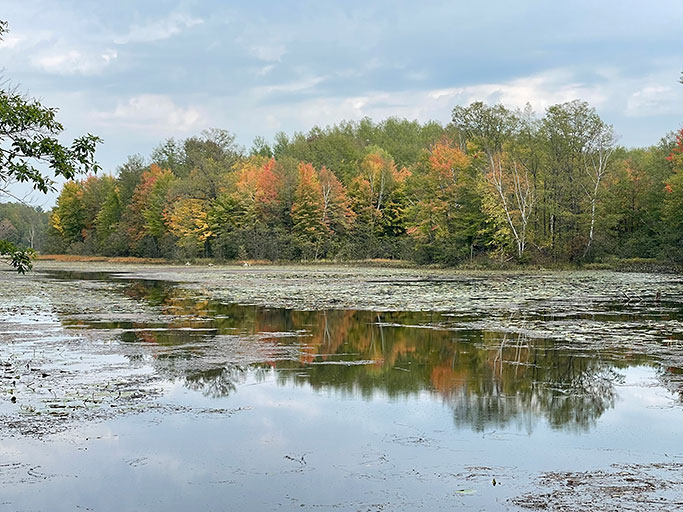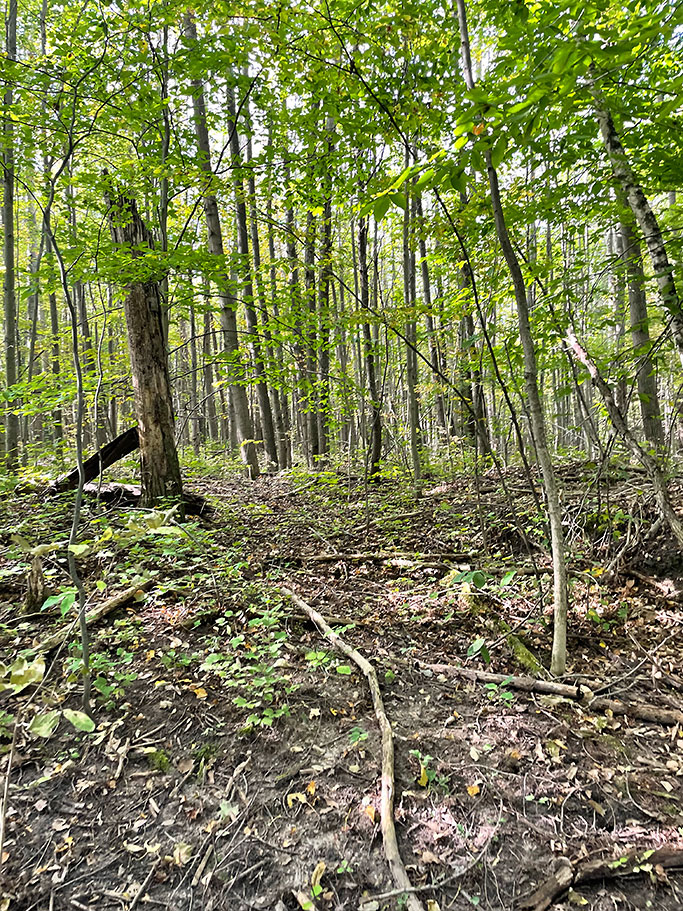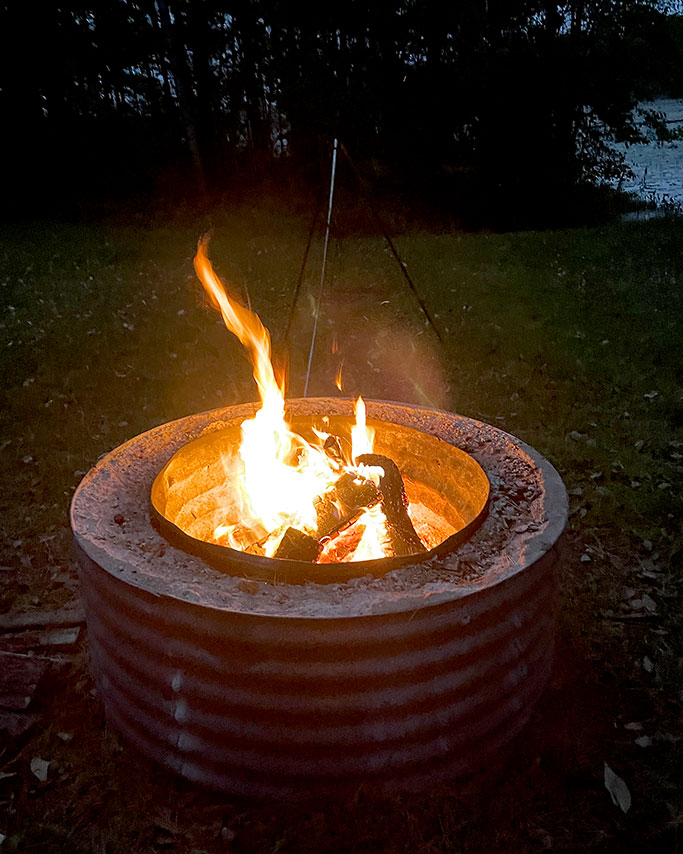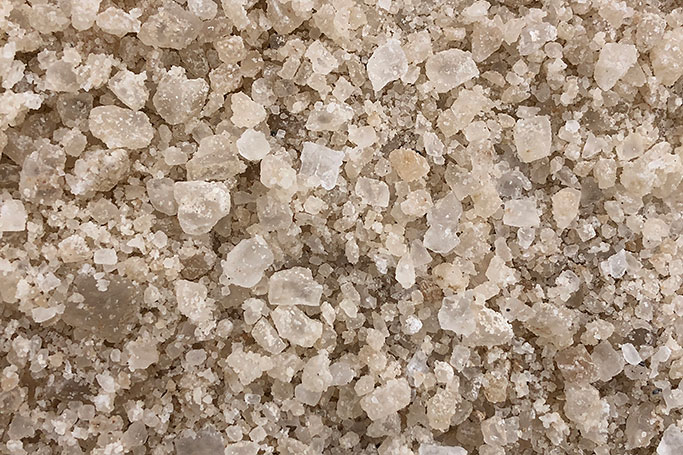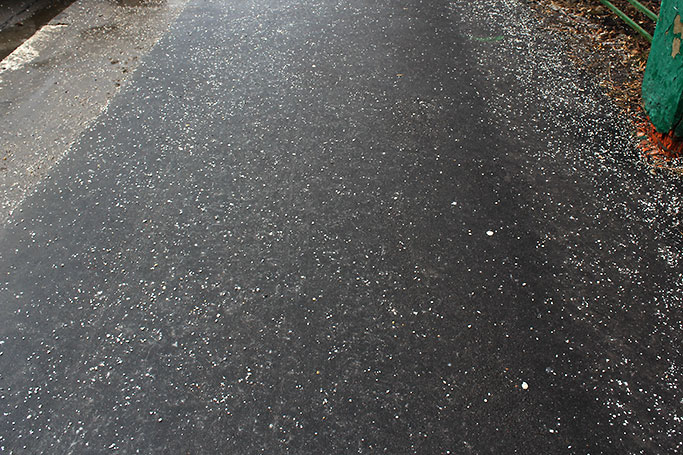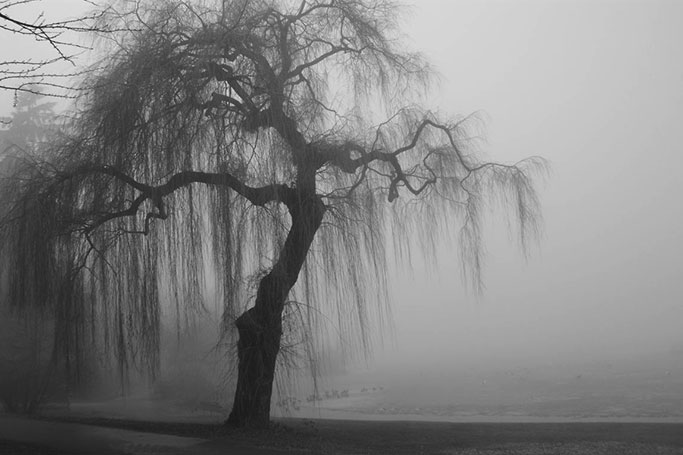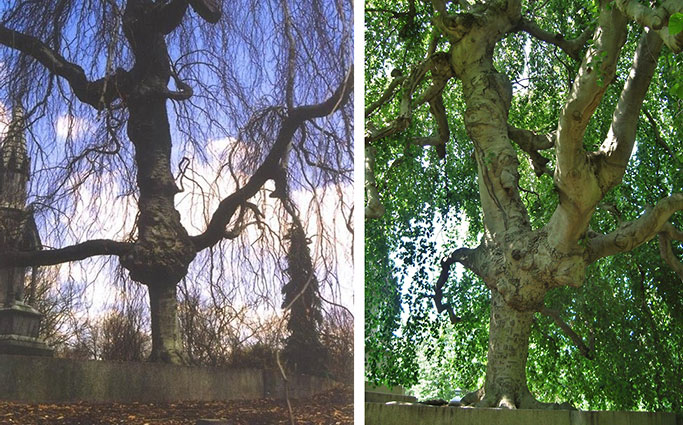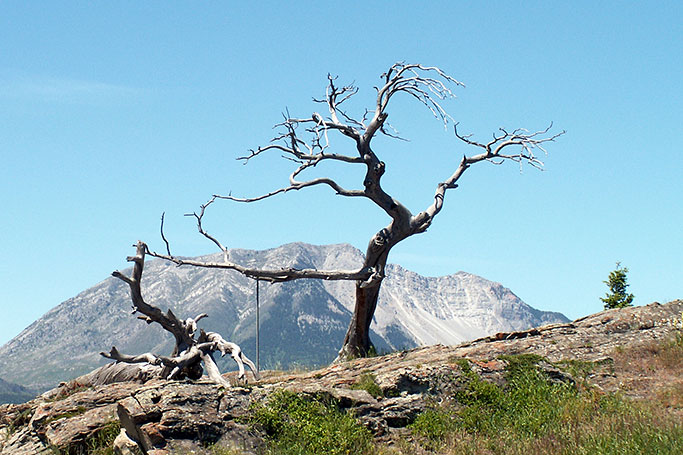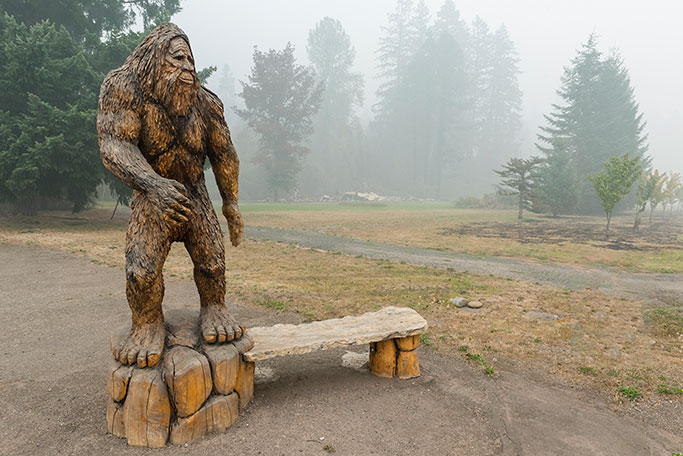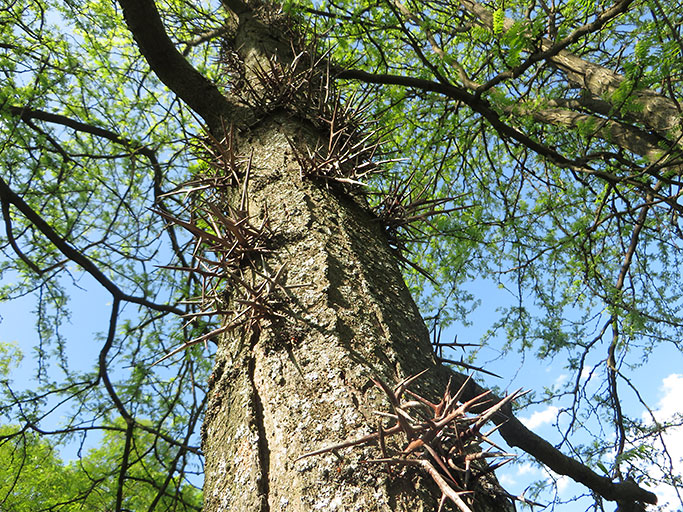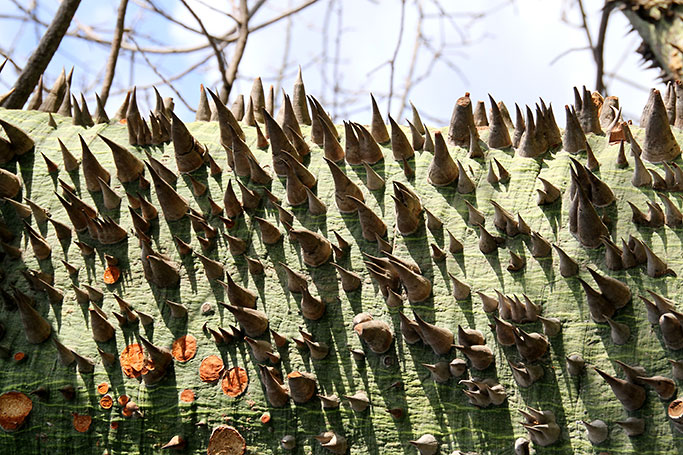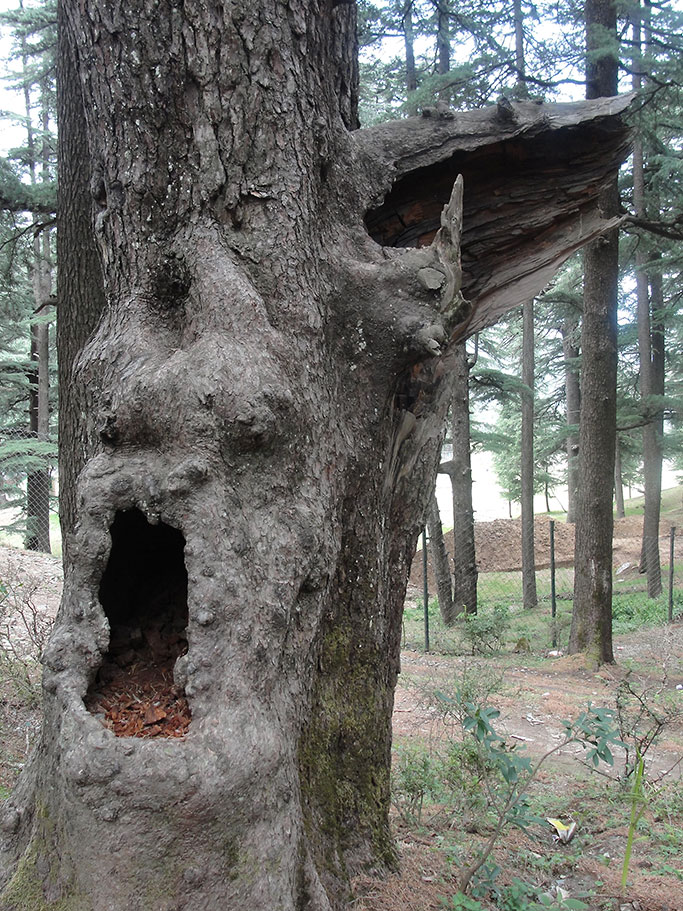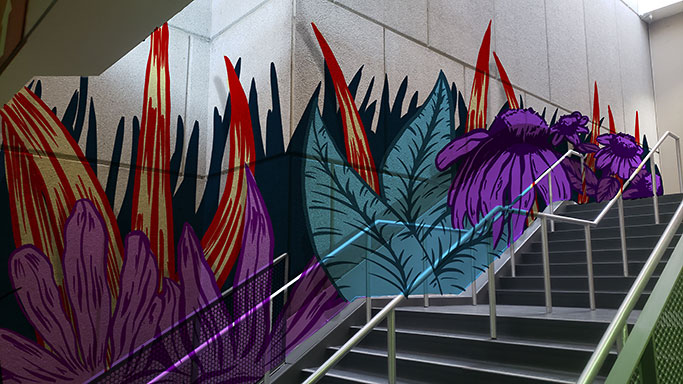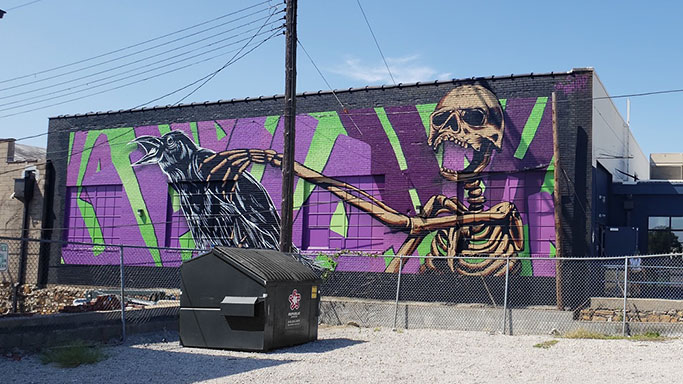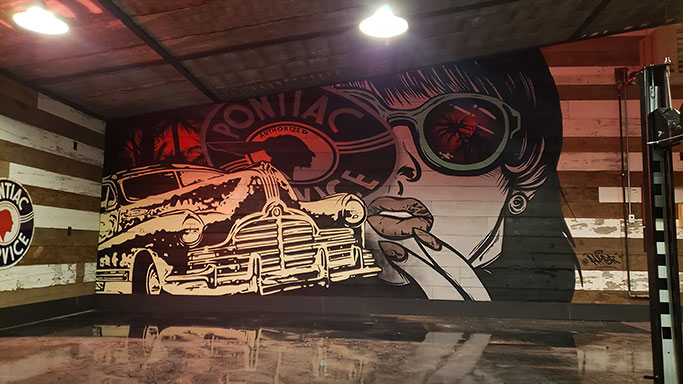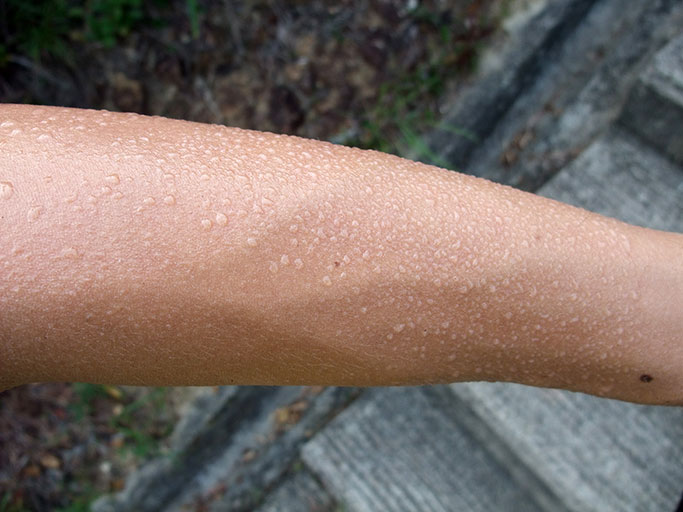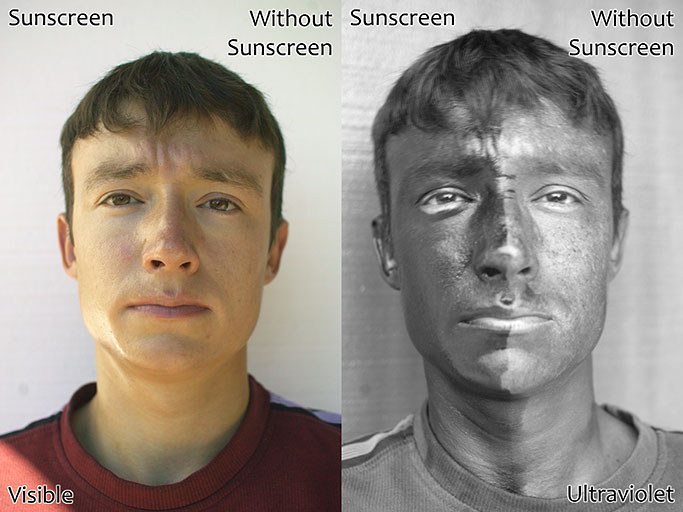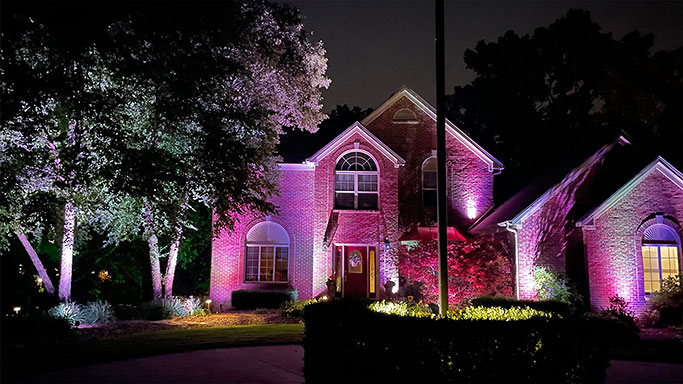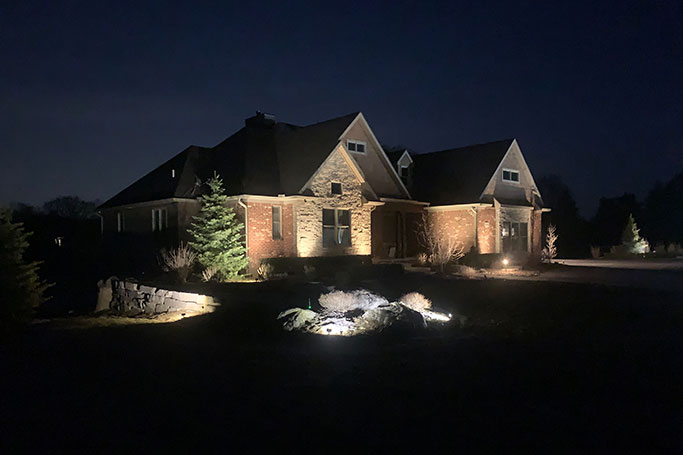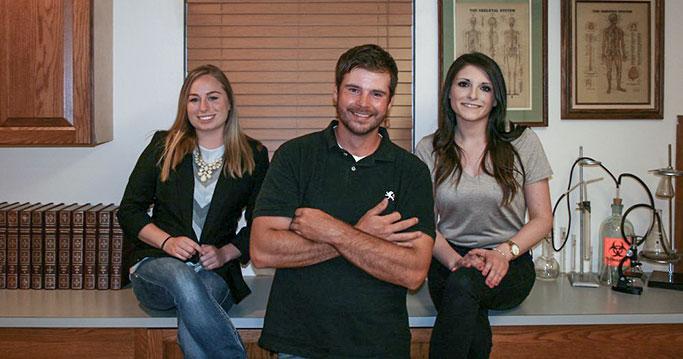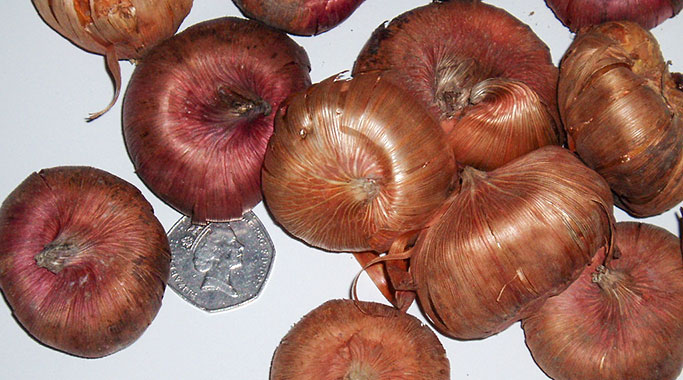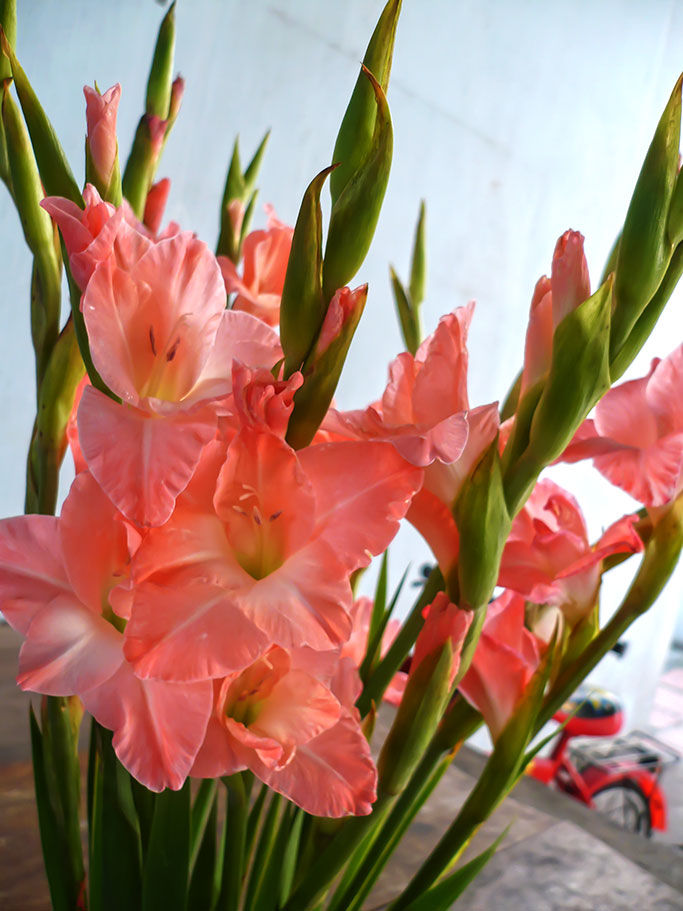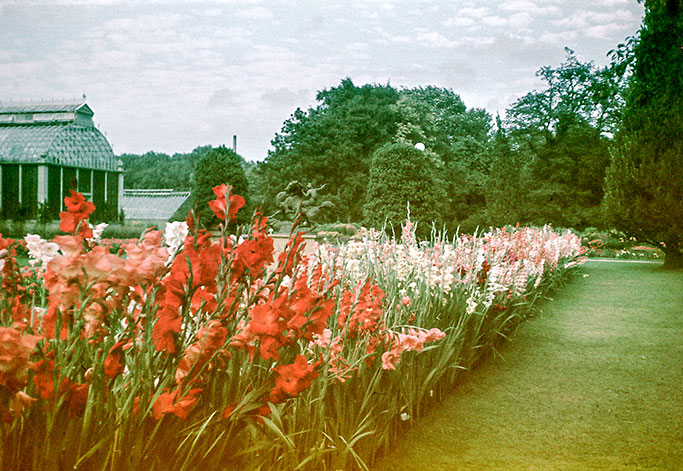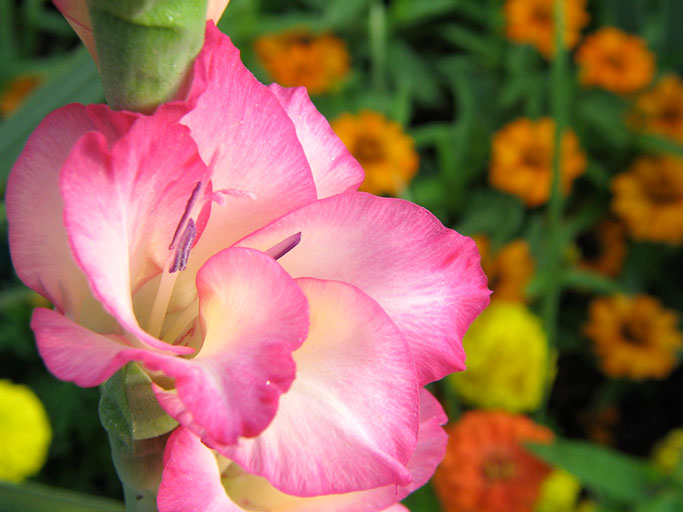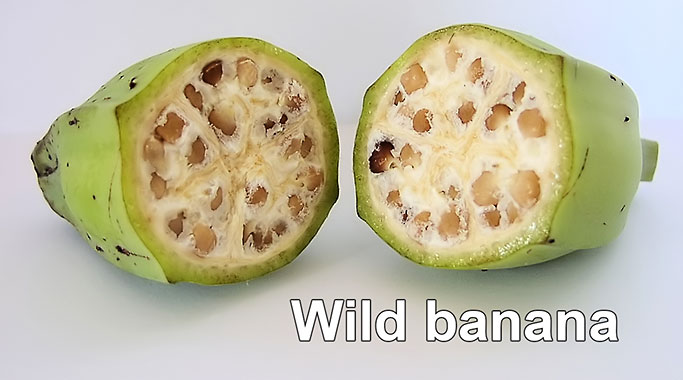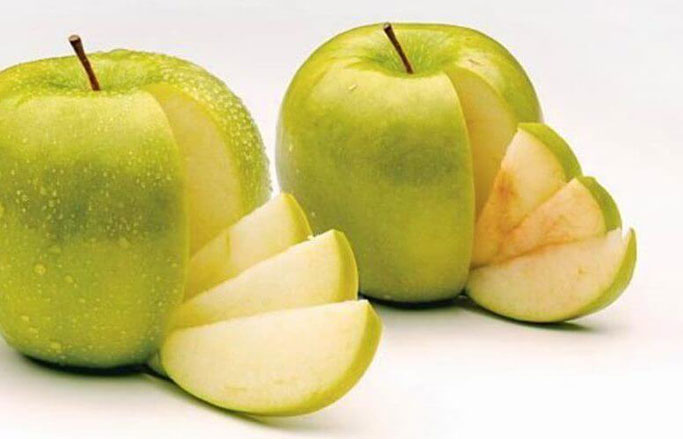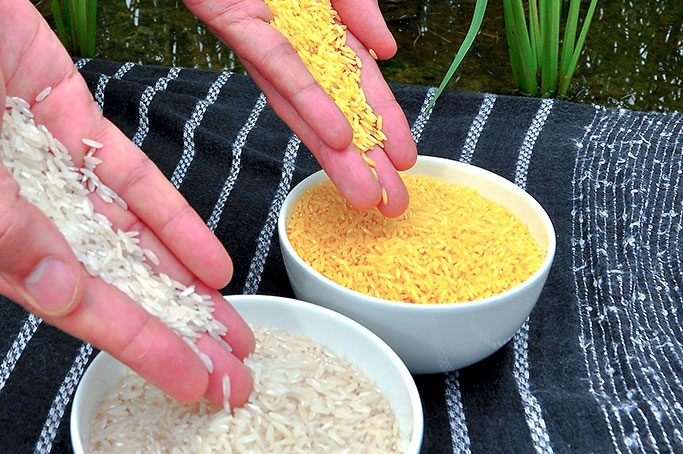A long time ago, I would have said, “Ugh!” to shrubs. However, over the last few years, I have grown fond of a few. I thought I would showcase my favorites.
We’ll start with my second favorite.
Fothergilla
Really? Fothergilla Kim?!?! You bet. I agree that in the summer, there isn’t much to talk about when it comes to Fothergilla. During the summer it sits in the landscape as a perfectly well-behaved, quiet, little shrub. (Maybe not so little as Fothergilla gardenii gets to be 3-4’ and Fothergilla ‘Mt Airy’ comes in at 4-5’.) But spring brings the WOW effect of flowers! Even with their “dirty white” color, the little “bottle brushes” are adorable! Flowers appear from April until May. Green leaves don’t appear until after the flowers, making the flowers more fab!

Fall brings vibrant purple, maroon, burgundy, red, yellow, orange and gold to Fothergilla gardenii. (Did I miss a color from the rainbow?) Fothergilla x ‘Mt Airy’ tends to stay in the yellows and oranges.
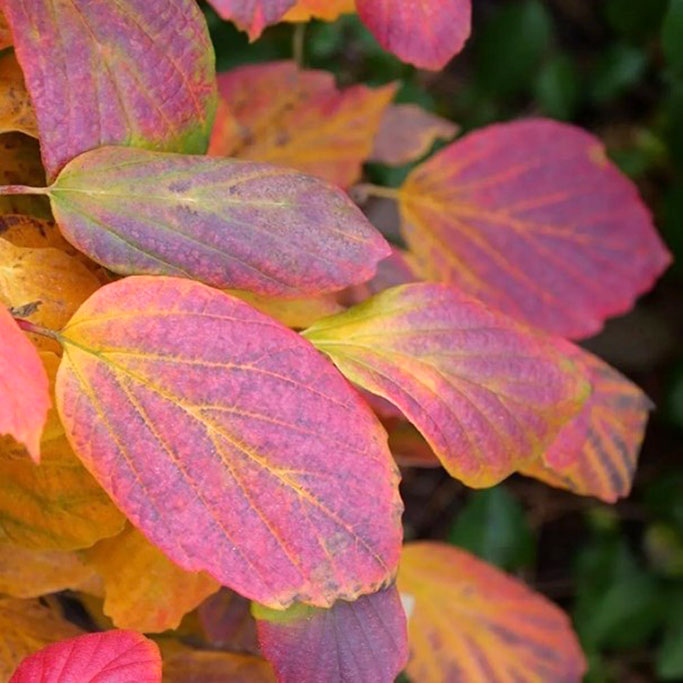
One more thing about Fothergilla gardenii and ‘Mt Airy’. Ready for it?? They do it all in part shade or full sun. I have Fothergilla gardenii planted in nearly full shade at home and they are just as fabulous as those in full sun.
Now my favorite.
Hamamelis – “Witch-hazel”
Some of you may say, “Kim this is a tree, not a shrub”. I agree that it’s not really a shrub, but instead a small multi-stemmed tree. Hamamelis virginiana is the bigger of the two at 15-20’, while Hamamelis vernalis is much shorter at around 6-8’. Both are native to Michigan and bird magnets.
Hamamelis vernalis flowers January-March and Hamamelis virginiana flowers October-November. Both have yellow flowers that get tinges of red and flower without the leaves. However, Hamamelis vernalis flowers before leaves while “Virgin Witches” flower after leaf drop.
Christensen’s will have a few other Hamamelis varieties this year. I am looking forward to seeing the ‘Grape Fizz’, spring-blooming, Hamamelis. The flowers are a deep shade of purple-red and can reach 4-5’ tall.
‘Carmine Red’ Hamamelis, flowering in … red. These can reach 10-12’.
Hamamelis ‘Diane’ has an amber-orange flower and grows to 8-12’.
And of course, customers will find Hamamelis ‘Arnolds Promise’, with its yellow flowers.
All of these varieties bloom in early spring and are officially Hamamelis x intermedia hybrids.
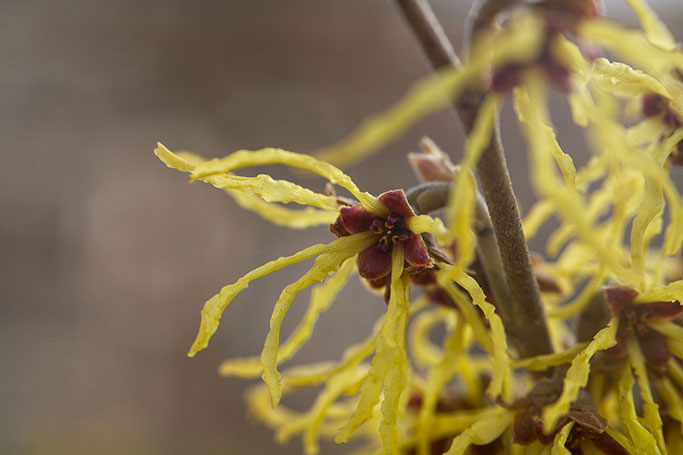
And finally, my third favorite shrubbery is…
Pieris
I know it doesn’t do all that great for us and needs a proper location to thrive. But it is worth it! Pieris are ericaceous broadleaf evergreen shrubs, like a Rhododendron. Pieris may need winter help, so it doesn’t desiccate (dry out). The white flowers are born in early spring.
Pieris ‘Mt. Fire’ has huge clusters of flowers, but the show comes from its foliage. New foliage is red but ages to green. Because new foliage emerges all year, there is always some red streaked in. Remember it needs a proper, shady and well-drained, location!
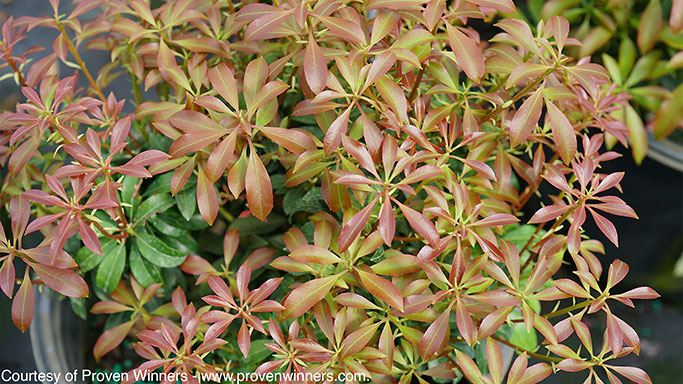
Contact your Sales Rep to add one or more of my favorites to your next project.
Happy Spring! k



